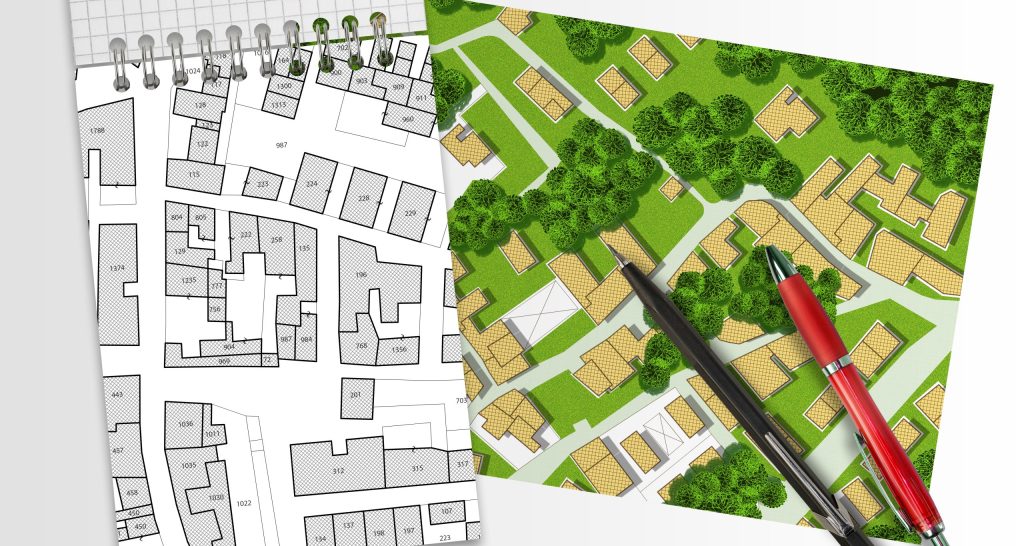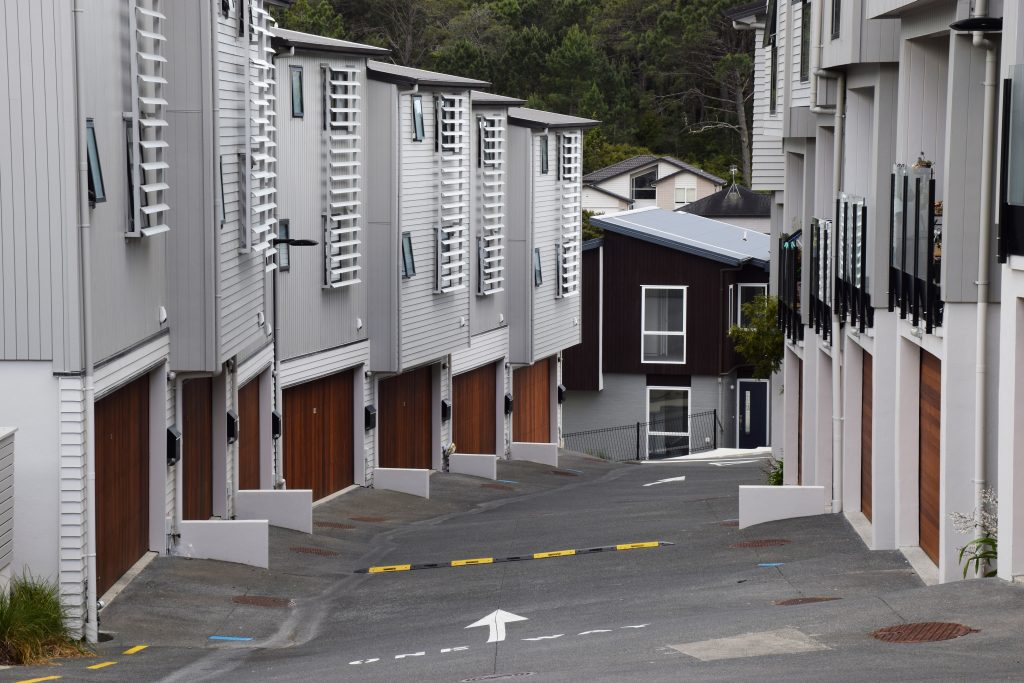Subdivison Services Auckland
Subdivision involves legally splitting land or buildings into distinct parts that can then be sold or allocated to different owners. Once your subdivision plan and resource consent are approved, LINZ will examine the legal and technical aspects to ensure compliance. Upon their approval, you'll receive official titles for each individual section within your subdivision
To maximize your property's potential, your subdivision should incorporate housing plans that demonstrate how the homes will align with the sizes and layouts of the new lots.
Steps of Subdivison
-
Feasibilty Assessment
Step 1
Review council property file Review record of title/s Topographical survey Planning assessment Engineering assessment Design risks + opportunities Concept plans
-
Financial Analysis
Step 2
We recommend clients obtain a financial analysis for the project to ensure its successful completion.
-
Design and Develop
Step 3
Geotechnical report Design options + refinement CCTV Confirm designs, planning + engineering
-
Resouce Consent
Step 4
Engineering design + reports, servicing, driveway, detention tanks, earthworks etc Specialist input (ecology, hydrogeology, heritage) Building revision if required Environmental assessment Application to Council
-
Engineering Plan Approval
Step 5
Provide detailed design to meet Council, Watercare + AT standards Review of design by chartered professional Engineer Submit EPA application
-
Civil and Building
Step 6
Project management Engaging civil contractors Connection applications Construction monitoring Inspections + practical completion
-
Legal
Step 7
Consult with a lawyer to action the application with LINZ
3 Forms of Subdivision
Who Need Subdivision

Frequently Asked Questions
Subdivision costs can be strategically phased to make the development more financially manageable.Reach out to us today to get free advice.
Key factors influencing minimum lot size include:
Zoning: Different zones (residential, rural, etc.) have different requirements. For example, in urban residential areas, the minimum lot size might be around 300-600 square meters, while in rural areas, it could be much larger, often several hectares.
Local District Plans: Each local council has its own district plan, which outlines the specific requirements for subdivisions in their area. These plans can vary widely from one region to another.
Infrastructure and Services: Availability of infrastructure like roads, water, and sewage can also influence subdivision requirements. Some councils may have more stringent rules if adequate services are not already in place.
To get precise information, Contact us today!
Planning Consultant: Consider engaging a planning consultant or surveyor who can assist with navigating the subdivision process, preparing necessary documentation, and ensuring compliance with regulations.
Simple Subdivisions: Minor subdivisions, like splitting one property into two lots with minimal changes required, might be processed relatively quickly, often within 3 to 6 months.
Complex Subdivisions: Larger or more complex subdivisions, especially those requiring significant infrastructure changes or involving multiple stages, can take a year or more.
Local Council Processing Times:
Application Review: The local council typically has a statutory timeframe to process subdivision applications, which is usually up to 20 working days for initial assessments and up to 70 working days for the entire process, though this can be extended.
Delays: Processing times can be extended due to delays in receiving additional information, consultations with other agencies, or the need for resource consents.
Consent Requirements:
Resource Consents: If your subdivision requires resource consents, this can add additional time. The need for public notification or consultation can also extend the timeframe.
Building and Infrastructure Consents: If infrastructure upgrades or new connections are required, obtaining consents and completing the necessary work can further extend the timeline.
If you are subdividing property as part of a business or with the intention of selling for profit, you will likely need to pay tax on any profits made, and GST considerations may apply. It’s crucial to seek professional advice to understand your specific tax obligations and ensure you comply with all relevant tax laws.

